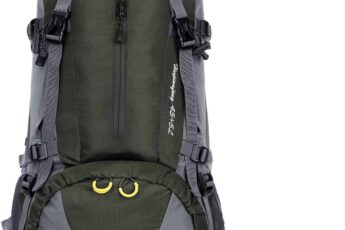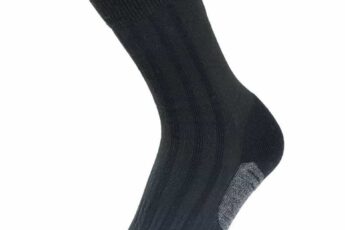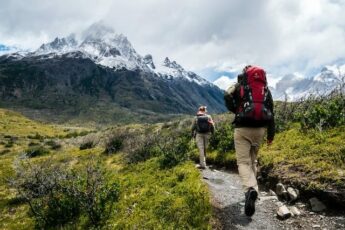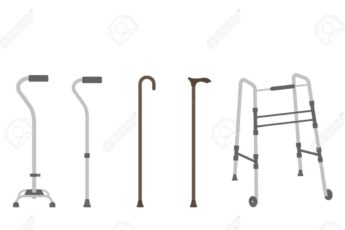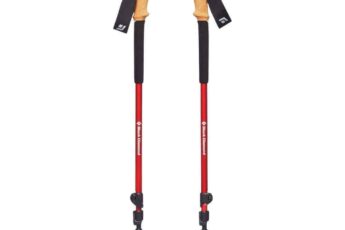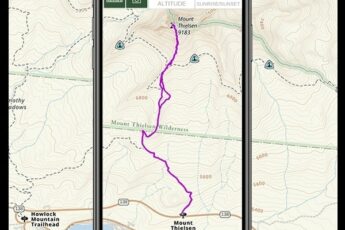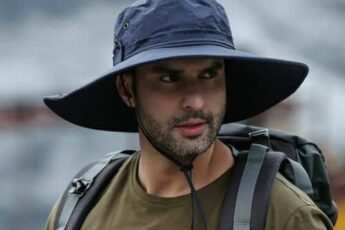What is orienteering activity?
The exercise turned out to be so exciting that it had to graduate into a sport. It is quickly catching on and it is easy to see why – anyone can do it.
1. Orienteering
After the second world war, the popularity of orienteering skyrocketed. By then compasses had become a lot more reliable and could be used fairly easily as opposed to the clunky and unreliable compasses used by the early pioneers of the sport.
2. Anyone Can Do It
Today, anyone can join orienteering events. They are also a mainstay of Boy Scout and Girl Scout camporees a testament to the accessibility of the sport. As orienteers increase in skill so do their courses. In the tougher course, technological gadgets such as GPSs come in handy and are indispensable as the orienteers’ equipment.
If you are planning on learning the sport for enjoyment, you will be glad to know that the sport is for all people or most ages. As long as you are fit enough to run and can read a map well enough then you can join this event for fun or for competition.
3. Events
Sprint events are speed events. The goal of the game is to get from the starting line, through the control points, and to the finish line as fast as possible. This is one of the most common types of orienteering events and can be participated in by individuals or by groups.
Relay events involve teams of competitors that usually take a mass start. The team with the least total time each team member’s time is added to the total time is declared the winner. To avoid clumping of competitors and the dogging of those ahead teams usually follow different routes. This makes the game fair for all those involved.
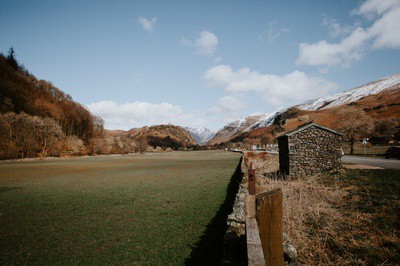
Score events give participants a set time to visit as many control points as possible. The control points may be of differing scores. If this is so, then the object of the game is to garner as many points as possible. The points may vary depending on the difficulty of finding the points.
Night events force the participants to navigate in the dark. To keep visibility acceptable reflective gear is used. These courses are challenging yet fun for experienced orienting enthusiasts. Many of the major orienteering events have night courses to spruce up the challenge.
String events involve the use of a string to guide the participants along paths. This is used by children and adults who are new to orienteering sport. It is a great way to get initiated in the way of the orienteer.
4. Gear
In order to properly consider yourself an orienteers man, you should have the proper gear. Such gears include maps, compasses, running gear, gaiters, GPS equipment, backpacks, and running attire. There are also cleated shoes that are specially designed for such events. But typically, any shoe will do as long as it holds out in evil weather, and gives good traction even when wet. Orienteering attire can be made of nylon or lycra. Gaiters help enthusiasts battle itchy and troublesome undergrowth and shrubs. Other than that, all you need are the maps and compasses to get your bearings.
What is an orienteering compass?
An orienteering compass is a circular map-orienting device with a rotating dial, housing the markings of a magnetic compass. The orienteering compass was developed for sport and is used in orienteering and navigation. It differs from a standard magnetic compass in that it has graduations (often degrees) printed or engraved on the dial to allow the measurement of bearings from a map. The other main difference is that an orienteering compass has two separate arrows, one showing the bearing currently set on the dial, and the other pointing in the direction of travel.

An orienteering compass also called a “map compass” and sometimes referred to as a “hand compass,” is a special-purpose compass designed for use by orienteers, people who participate in the sport of orienteering. Orienteering compasses generally have only three scales: north-south (the direction you move while walking), east-west (the direction you move when driving or taking public transportation), and declination.
The primary purpose of an orienteering compass is to allow the user to read a map and then follow that map without getting lost.
The different kinds of orienteering compasses
There are two main types of orienteering compasses – a magnetic compass and a GPS compass. Each type of compass has its own characteristics and flaws.
GPS or Global Positioning System is a navigation system for anyone with access to GPS satellite signals. It uses the information to determine the exact position of the receiver. GPS can be used by hikers, campers, pilots, and other people who spend time away from populated areas. A GPS compass is an electronic device that displays your position on a map by using GPS to track your location. It does not need any external reference points for navigation.
A magnetic compass is an instrument used for navigation by aligning it with the Earth’s magnetic field lines. When you travel towards the poles, the North Pole gets closer to the ground until it touches it at the pole itself. The Earth’s magnetic field gets weaker as you go farther away from the poles, which makes navigating more difficult using a magnetic compass only. A compass at the equator would point straight down; however, this problem can be solved by placing a small magnet inside or near your compass which will allow it to continue functioning at higher latitudes like Canada or Russia where the North may be up but it points off toward one side instead of straight up.
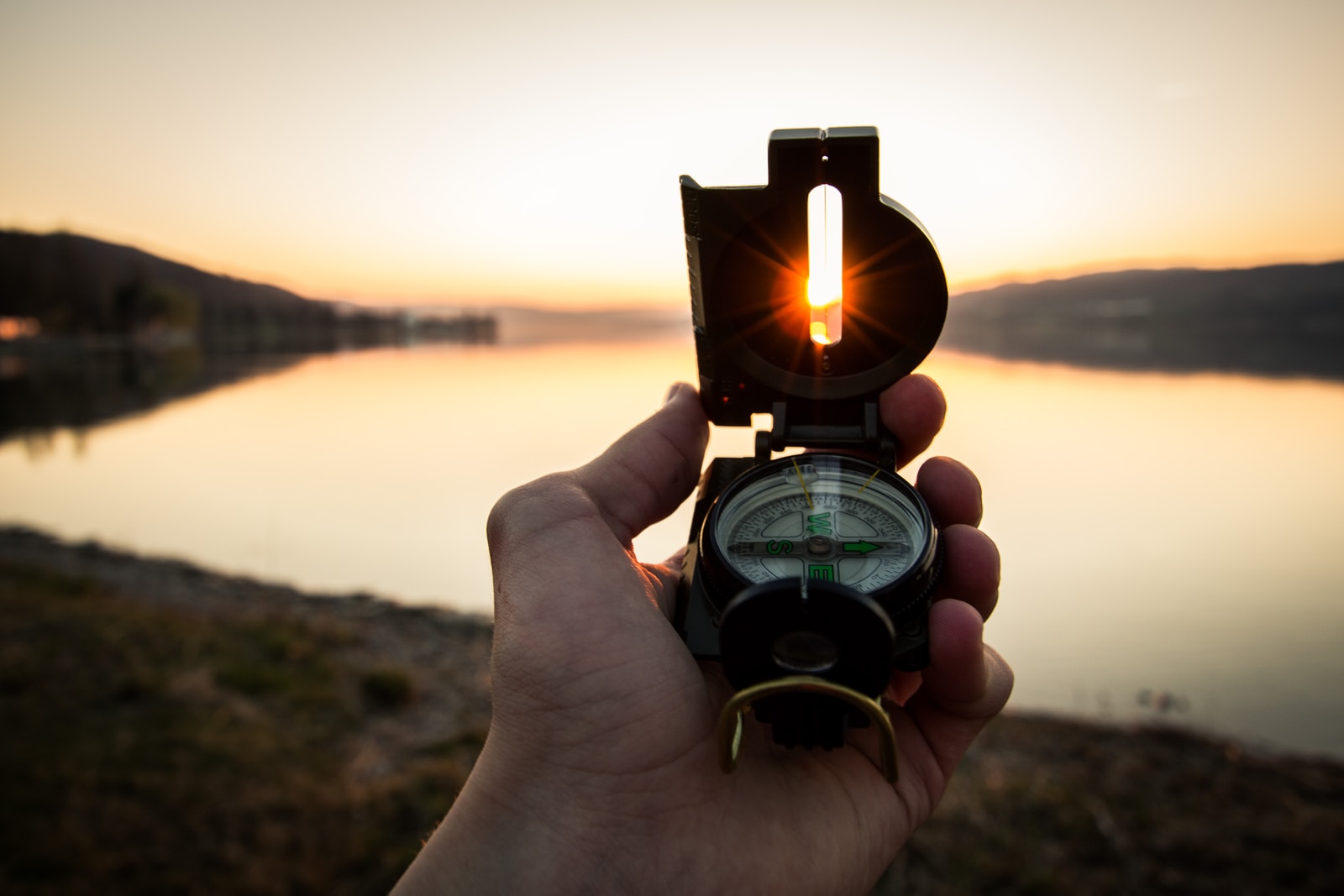
How to use an orienteering compass
An orienteering compass is used to locate objects by aligning the compass face with the terrain. Topographic maps are used along with the compass to determine direction and location. The orienteering compass is widely used by survival experts, military, geologists, surveyors, and others requiring precise navigation.
The “orienteering” part of this type of compass comes from its use in orienteering, a sport that combines hiking and map reading to find points on the ground. The compass must be held level or angled slightly downward to take an accurate reading. For general use, the compass can be either level or angled downward. To take an accurate measurement, you must level your compass until it reads 0 degrees. It is not necessary to hold it at a very precise angle as long as you record your starting position accurately.
The best technique is to move your hand slowly while watching for a change in direction of the needle. When you see a slight change in direction of the needle, stop moving your hand and keep it still until you have recorded the exact degree indicated by the needle on the dial. If using a map, place a piece of paper over it and sight from one landmark to another through your lens.
What is orienteering sport?
Orienteering is a sport that consists of a route, or “orienteering course”, which can be as short as a few hundred meters or as long as several kilometers. It may include road crossings, or it may be restricted to areas that are mostly off-road. The competitors must visit controls (checkpoints) in the correct order and within a specified time limit.
Orienteering is an ancient human activity. Records of competitive events date back to the 17th century. Orienteering has been included in the World Games since 1991 and the World Military Games since 1995. It is recognized by the IOC (International Olympic Committee).
Today, there are national federations in more than 80 countries with some 300,000 individual members. Most of them are in Europe (especially Scandinavia), but there are also federations on every inhabited continent. The sport is especially popular among young people in Asia.
Orienteering is presented in three age categories: junior (12-18 years old), senior (19-39 years old), and veteran (40-59 years old). Time limits are adjusted according to age category. For example, in elite men’s events, the time limit for 18 – 39-year-olds is 40 minutes per course.
The goal of orienteering is to find control points on a map in sequence as quickly as possible. The competitor with the shortest total time for the planned route is the winner.
How it is different from other sports?
Orienteering is a sport and a recreational activity that is so much more than just running and it is done outside. It is a non-digital sport that requires you to think and use your map and compass. You must study the map, figure out the controls and then navigate your way to those controls as fast as possible. Orienteering is as much mental as it is physical as you need to understand the route before setting out to find the control points.
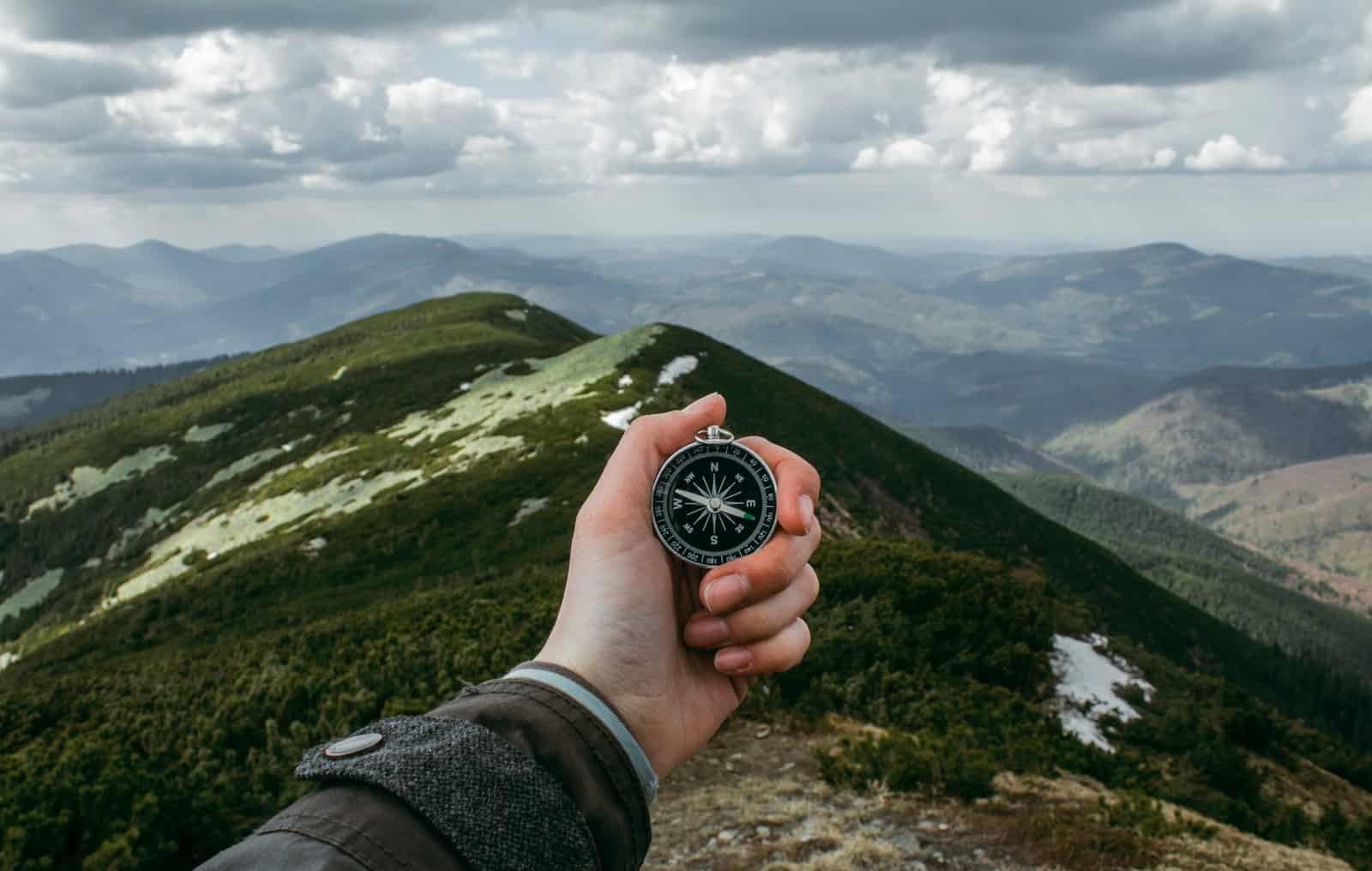
The main difference between orienteering and most other sports is the map and compass skills. A number of running races use a map and compass but they are not using them in the same way as orienteers use them. In fact, orienteers often refer to “orienteering races” as races where competitors do not use proper navigation techniques.
There are several variations of orienteering races with different rules that result in different distances covered; however, all of them require map reading skills that can be learned by anyone willing to learn the skill set needed for this sport. The skills required for orienteering include: following a route on a topographic map, using a compass, navigating on foot over unfamiliar terrain, making route choices based on what you see ahead of you on the ground, being able to select appropriate terrain.
How to enjoy and succeed at orienteering sport
Orienteering is a sport that tests your mental, physical, and navigational skills. It can be done as a race or as a recreational activity. To succeed at orienteering, you have to be physically fit, mentally alert and have excellent navigational skills. Orienteering involves using a map to navigate from point to point under different time constraints.
Orienteering may be one of the most enjoyable sports on earth. Not only is it fun, but it’s also good for you! It improves your general fitness and it helps you think more clearly and react more quickly. Most importantly, orienteering can be fun for people of all ages and abilities.
Orienteering sport is a great way to stay active
There are many reasons that orienteering is a great all-around sport. For one thing, it’s a low-impact activity that doesn’t put a lot of strain on your body. It’s also a fun way to get outside and enjoy the great outdoors, which makes it a good choice for individuals who have been sedentary for a while.
The best part about orienteering is that it’s an activity anyone can take part in regardless of fitness level, age or experience. In fact, orienteering is often used as a training tool by experienced runners looking for ways to build endurance without risking injury.

Another benefit of trying out this sport is that it offers the chance for friendly competition with your friends. You get to test your skills against others while completing different challenges. If you enjoy earning badges or other forms of recognition for completing tasks, then you will love this aspect of orienteering.
aeorienteering.com is reader-supported. When you buy through links on our site, we may earn an affiliate commission.
